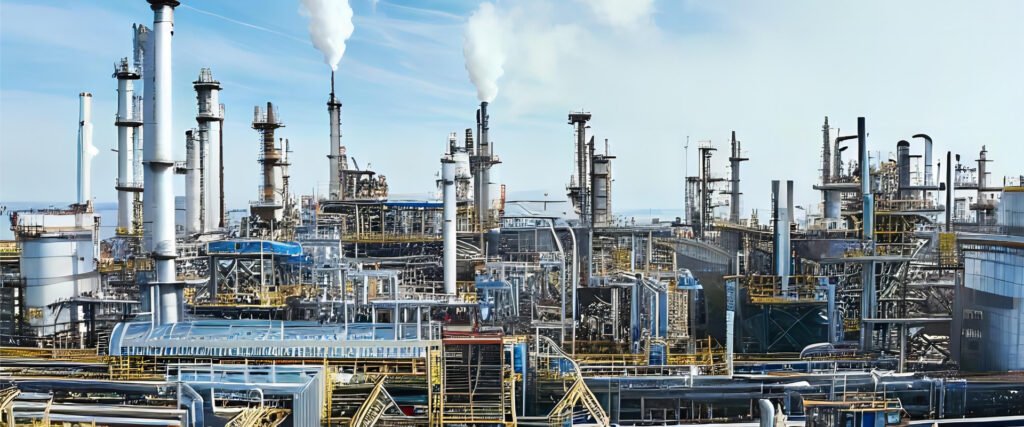Your cart is currently empty!
TEL:08615998857658

Antiwear additives
Antiwear additives are compounds incorporated into lubricants to minimize wear between moving metal surfaces.
Description
Antiwear additives are crucial components in lubricants, playing a vital role in protecting metal surfaces from wear and tear. Here’s an in-depth exploration of their functions, types, benefits, and considerations:
Function:
- Antiwear additives act as a shield against friction and wear on metal surfaces in engines, gearboxes, and other lubricated components. They achieve this by:
- Forming a protective film on metal surfaces to minimize metal-to-metal contact.
- Reacting with metal surfaces to create a sacrificial layer that absorbs wear and tear.
Types of Antiwear Additives:
- Zinc Dialkyl Dithiophosphates (ZDDP): Most common type, offering good antiwear and extreme pressure (EP) protection, but containing sulfur and phosphorus which raise environmental concerns.
- Ashless Antiwear Additives: Environmentally friendly alternatives to ZDDP, formulated without sulfur and phosphorus, but may not offer the same level of EP protection.
- Molybdenum Compounds: Provide excellent antiwear and EP protection, often used in combination with other antiwear additives.
- Friction Modifiers: Primarily used to reduce friction, but can also offer some antiwear benefits.
Benefits:
- Reduced wear and tear: Protect critical engine components like bearings, gears, and camshafts, extending their lifespan and reducing maintenance costs.
- Improved engine performance: By minimizing friction, they can contribute to improved engine efficiency and potential fuel economy gains.
- Extended oil life: Effective antiwear additives help maintain oil performance for longer periods, potentially leading to extended oil drain intervals.
Considerations:
- Compatibility: Choosing the right antiwear additive is crucial for ensuring compatibility with the base oil and other additives in the lubricant.
- Application: Different applications (e.g., high-performance engines, heavy-duty machinery) have varying needs, requiring specific types and levels of antiwear additives.
- Environmental impact: Ashless antiwear additives are preferred where environmental regulations are strict or sustainability is a concern.
- Impact on modern engines: While ZDDP offers strong protection, it can slightly increase wear on valve train components in modern engines with tight tolerances.
Choosing the Right Antiwear Additive:
Selecting the appropriate antiwear additive depends on several factors:
- Engine type and requirements: Consult your owner’s manual for the recommended oil and its additive content.
- Operating conditions: Consider factors like temperature, load, and driving habits.
- Environmental regulations: Be aware of regulations in your region regarding specific additives.
- Consulting an expert: Consulting a qualified lubricant specialist or mechanic helps ensure the optimal antiwear additive for your specific needs and equipment.
Conclusion:
Antiwear additives play a vital role in modern lubricants, safeguarding metal components from wear and tear. Understanding their types, benefits, and considerations, along with consulting an expert, ensures you select the most appropriate lubricant for optimal performance, protection, and responsible environmental practices.



Reviews
There are no reviews yet.